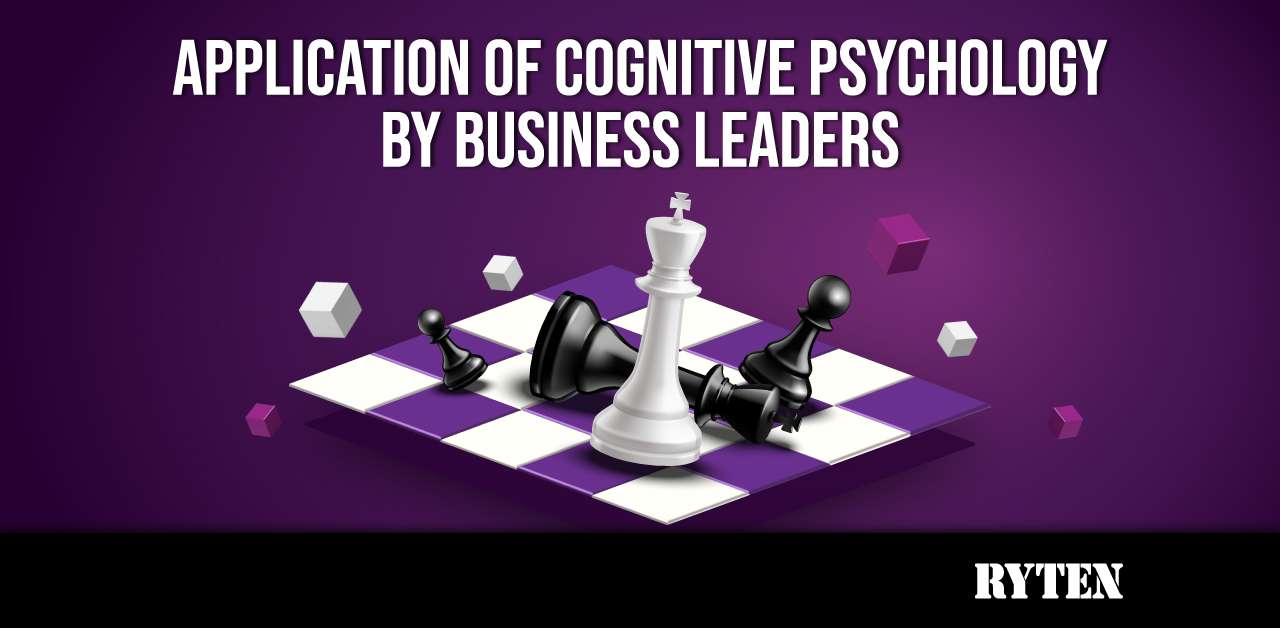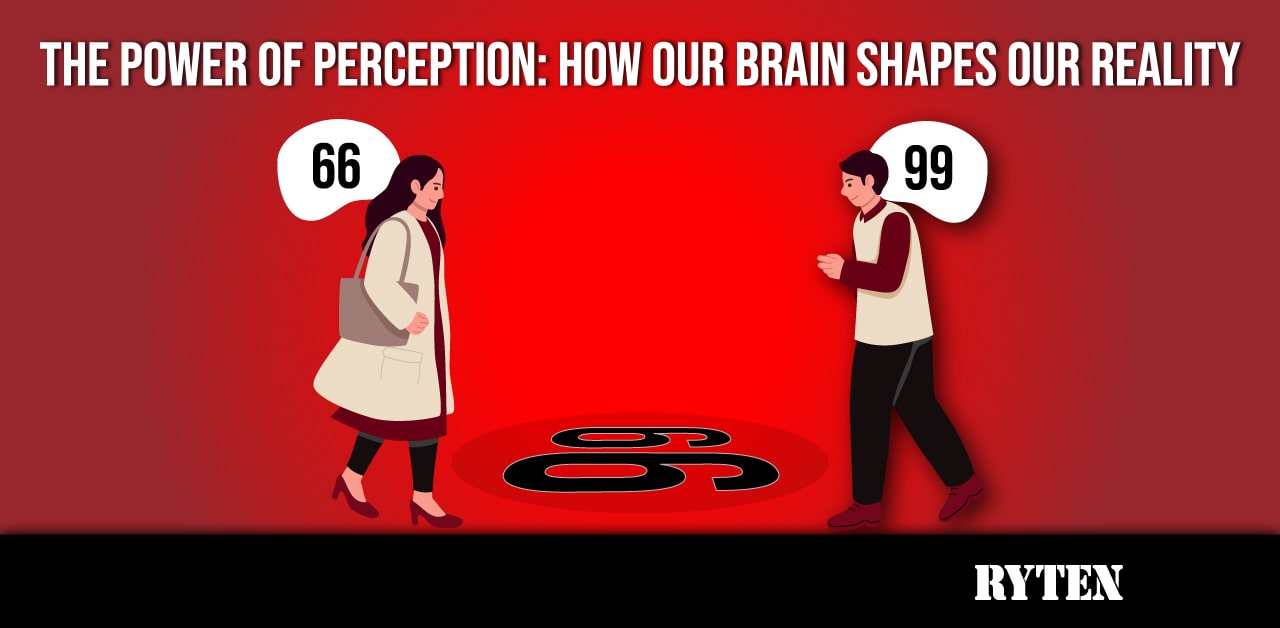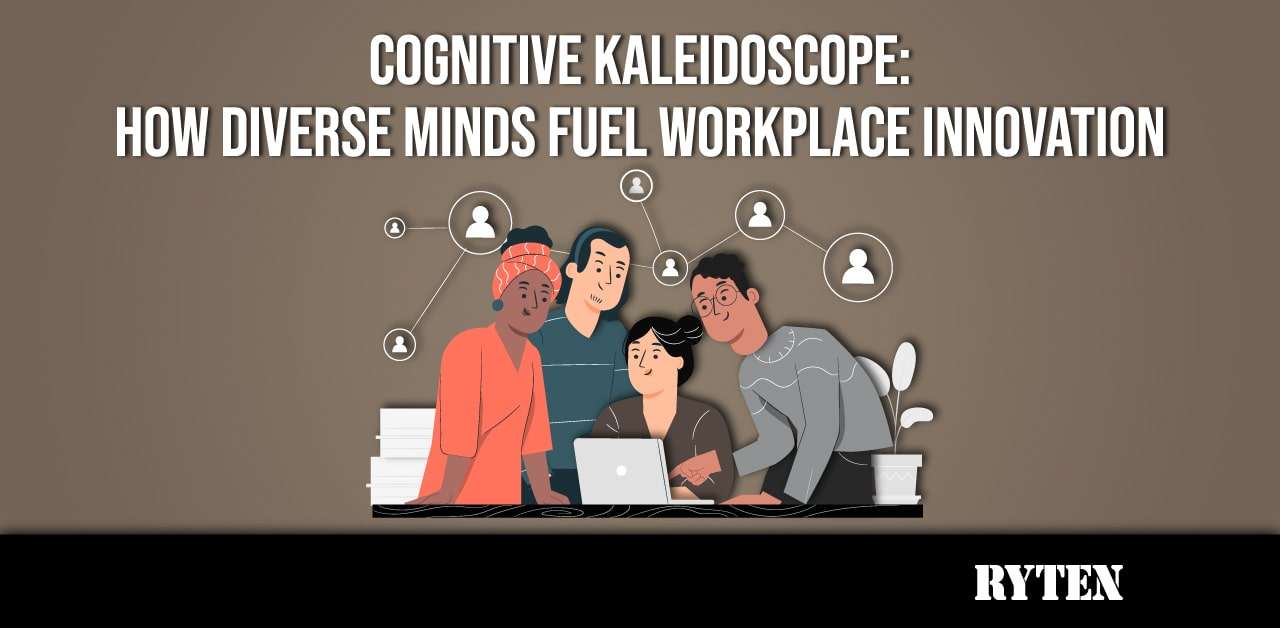THE ROLE OF MEMORY IN MARKETING | CREATING LASTING BRAND IMPRESSIONS: COGNITION CONTEXT
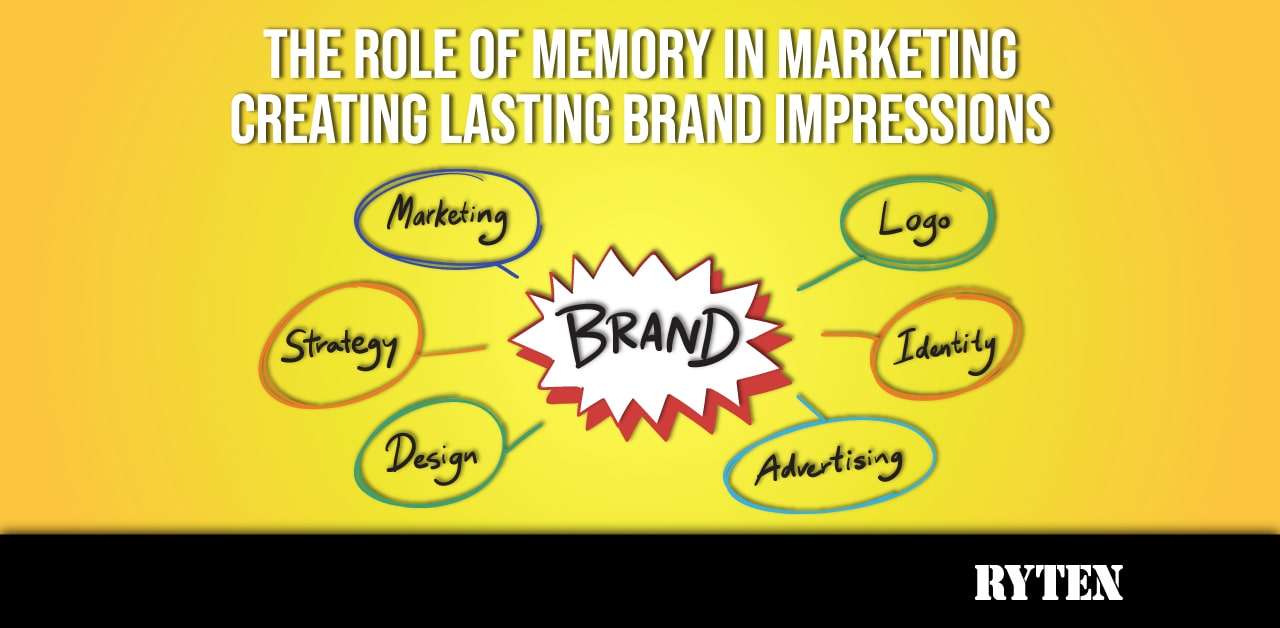
Introduction
In the fast-paced world of business, where competition is fierce and consumer attention spans are ever-dwindling, the ability to make a lasting impression is the holy grail of marketing. The power to etch your brand’s identity into the minds of consumers is a superpower coveted by businesses of all sizes and industries. It’s the difference between being just another name on the shelf and becoming a cherished household name.
But how can businesses achieve this coveted status of being eternally memorable? The answer lies in the complex and fascinating world of human memory. In an era where marketing messages bombard us from every corner, understanding how memory works and harnessing its cognitive intricacies has become paramount for marketers. In this article, we will explore the cognitive theories related to memory retention and retrieval, dissect the stages of memory, and provide invaluable insights into how businesses can employ this knowledge to craft advertisements and brand experiences that leave an indelible mark on the consumer’s psyche.
So, fasten your seatbelts, as we venture into the realm where cognitive psychology meets business acumen, with the ultimate goal of empowering brands to create not just fleeting impressions, but lasting brand legacies in the minds and hearts of their target audiences.
Understanding The Memory
The goal is not just to create a fleeting impression but to etch your brand into the consumer’s memory for the long haul. This task may seem daunting, but it’s made possible by tapping into the intricate workings of human memory and the cognitive theories that underpin it. Memory, in its essence, is the mechanism by which our brains encode, store, and retrieve information. This process is more complex than meets the eye and plays a pivotal role in shaping consumer behavior. To harness the power of memory in marketing, we must first grasp the fundamentals.
Memory can be understood as a journey that information takes through our minds, progressing through several stages:
- Sensory Memory: The journey begins with sensory memory, which briefly holds sensory information from our environment—be it a striking image, a catchy tune, or a compelling scent. This phase is incredibly short-lived, lasting only a fraction of a second. For marketers, the challenge is to capture consumers’ attention within this brief moment and make an initial impression.
- Short-Term Memory: If information is deemed relevant, it progresses to short-term memory. Here, it’s temporarily stored for a mere 20 seconds or so. For marketing messages, this means maintaining consumers’ attention during this limited time frame is crucial. It’s like a fleeting encounter that can turn into something more if handled correctly.
- Long-Term Memory: The ultimate destination is long-term memory, where information can reside for extended periods, ranging from days to a lifetime. This is where the magic happens. Creating a lasting brand impression hinges on making the transition from short-term to long-term memory.
Marketers can use the science of memory to create more effective marketing campaigns. For example, they can use strong visuals and catchy slogans to capture attention and make information more memorable. They can also use repetition and emotional appeals to help information move from short-term memory to long-term memory.
Some Cognitive Tips for Marketers
- Use strong visuals. People are more likely to remember things that they see, so use high-quality images and videos in your marketing materials.
- Use catchy slogans. A catchy slogan can help to make your brand memorable and stick in people’s minds.
- Be unique. Don’t be afraid to stand out from the competition. A unique brand will be more memorable than a generic one.
- Be consistent. Use the same branding elements across all of your marketing materials, so that people can easily identify your brand.
- Repeat your message. The more often people see your brand, the more likely they are to remember it.
- Make it personal. People are more likely to remember brands that they feel a connection to. Try to personalize your marketing messages as much as possible.
- Tap into emotions. People are more likely to remember things that evoke strong emotions. Use humor, fear, or other emotions to make your marketing messages more memorable.
The Theories of Cognitive Memory
These cognitive theories provide invaluable insights into how consumers remember and retrieve information, and they serve as a roadmap for creating marketing strategies that make a lasting impact on the audience’s memory.
In the world of business and marketing, understanding the intricate relationship between memory and cognitive theories is akin to wielding a superpower. It’s the key to ensuring your brand isn’t just noticed but remembered, transforming casual consumers into lifelong advocates. In the chapters to follow, we’ll explore practical applications of these theories, diving deeper into the art and science of creating lasting brand impressions.
To truly understand memory and its implications for marketing, we need to delve into cognitive theories related to memory retention and retrieval:
- Encoding Specificity Principle: This theory suggests that memory retrieval is most effective when the context during encoding matches the context during retrieval. In marketing terms, this means that the cues and context used in advertisements must be consistent with the consumer’s environment for better recall.
- Spacing Effect: The spacing effect theory posits that information is better remembered when it’s distributed over time rather than presented all at once. Marketers can apply this by maintaining consistent brand exposure over time, rather than relying on infrequent, large-scale campaigns.
- Serial Position Effect: According to this theory, people tend to remember items at the beginning (primacy effect) and end (recency effect) of a list better than those in the middle. In marketing, this implies that the most critical brand messages should be placed at the start and end of advertisements for maximum recall.
Leveraging Memory in Marketing
In today’s hyper-competitive business landscape, brands constantly strive to stand out in the minds of consumers. While getting noticed is essential, the real challenge lies in making a lasting impression. The human memory, with its intricacies and quirks, is a potent tool that marketers can harness to achieve this goal. In this section, we will explore the strategies and tactics for leveraging memory in marketing effectively.
Having explored the fundamental aspects of memory and cognitive theories, let’s examine how businesses can harness this knowledge to create lasting brand impressions:
- Use Sensory Appeals: Engage multiple senses in marketing materials. Visuals, sounds, and even scents can leave a lasting impression, ensuring that the brand remains in consumers’ sensory memory.
- Tell Compelling Stories: Stories are more memorable than facts and figures. Craft narratives that resonate with the target audience, making it easier for them to encode and recall the brand message.
- Consistency is Key: Maintain consistent branding across all touchpoints, from logos and colors to messaging. Consistency reinforces memory, making it easier for consumers to recognize and recall your brand.
- Emotionally Engage: Emotions are powerful memory enhancers. Create emotionally resonant advertisements that evoke positive feelings and associations with your brand.
- Leverage Social Proof: People tend to remember what others are doing or saying. Utilize testimonials, reviews, and social media endorsements to enhance brand recall.
Consistency in Branding
In the ever-evolving world of marketing, where consumers are bombarded with messages from various sources, establishing a strong brand identity is essential. One key element that underpins this identity is consistency in branding across all marketing touchpoints. In this section, we will explore the significance of this consistency and how it aids in brand recognition and recall.
Significance of Consistent Branding
- Establishing Trust and Reliability: Consistency creates an aura of reliability and trustworthiness around a brand. When consumers encounter a brand that maintains a uniform look, messaging, and tone across different platforms, they are more likely to perceive it as dependable and professional.
- Building Brand Equity: Over time, consistent branding builds brand equity, which represents the value and recognition a brand holds in the minds of consumers. Brand equity can drive customer loyalty, enabling a business to charge premium prices and expand its market presence.
- Reducing Cognitive Load: Consistency simplifies the decision-making process for consumers. When they encounter a brand with familiar elements—such as a recognizable logo, color scheme, or tagline—they can quickly categorize and recall the brand. This reduces cognitive load, making it easier for consumers to engage with the brand.
- Differentiating from Competitors: In a crowded marketplace, brands that stand out are the ones that thrive. Consistent branding helps a brand distinguish itself from competitors by creating a unique identity that consumers can easily recognize and associate with specific products or services.
- Effective Communication: Consistent branding ensures that a brand’s core message is communicated effectively. Whether through advertising, social media, or packaging, the message remains coherent, reinforcing the brand’s value proposition and positioning.
How Consistency Aids in Brand Recognition and Recall
- Visual Recognition: Visual elements like logos, color schemes, and typography are powerful triggers for brand recognition. When these elements remain consistent, consumers can easily spot and identify the brand in various contexts. For example, the golden arches of McDonald’s are instantly recognizable worldwide.
- Associative Memory: Consistency reinforces associative memory, where consumers link specific characteristics or values with a brand. Over time, these associations become deeply ingrained. For instance, the consistency of Volvo’s branding with safety has led to the strong association of the brand with safety in consumers’ minds.
- Recall Facilitation: When consumers are exposed to consistent branding across multiple touchpoints, it enhances their ability to recall the brand when needed. This is particularly important in decision-making moments, such as when they’re ready to make a purchase.
- Emotional Connection: Consistency in branding also fosters an emotional connection with consumers. When a brand consistently delivers on its promises and values, it builds trust and loyalty. The emotional connection further strengthens brand recognition and recall as consumers feel a personal affinity with the brand.
- Adaptive Familiarity: In a dynamic marketing landscape, consistent branding serves as a point of stability and familiarity for consumers. Even as marketing channels evolve, the brand remains a constant presence, adapting to new mediums while maintaining its core identity.
Popular Brands that Effectively Create Lasting Brand Impressions
- Apple – The Power of Simplicity: Apple’s marketing and product design embrace the principle of simplicity, a cognitive psychology concept known as “cognitive fluency.” Their clean, minimalist designs and straightforward messaging make it easy for consumers to process and remember their products. For example, the “iPod: 1,000 songs in your pocket” tagline and the intuitive user interfaces of Apple devices capitalize on the brain’s preference for simplicity.
- Coca-Cola – Emotional Connection: Coca-Cola has mastered the art of creating emotional connections with consumers. Their iconic Christmas campaigns, featuring polar bears or the “Holidays Are Coming” jingle, evoke feelings of warmth and nostalgia. This taps into the emotional aspect of memory, making consumers associate positive emotions with the brand.
- Nike – Associative Marketing: Nike excels in associative marketing, using the principle of association in memory. Their swoosh logo, often accompanied by the tagline “Just Do It,” links the brand with the idea of action and empowerment. This association has become deeply ingrained in consumers’ minds, making Nike synonymous with athletic excellence.
- McDonald’s – Consistency and Recognition: McDonald’s consistently employs the cognitive principle of recognition. Their golden arches logo, distinctive red and yellow color scheme, and consistent branding across locations worldwide make it instantly recognizable. This consistency fosters brand recognition and recall.
- Google – Minimalistic Interface and Search Algorithm: Google’s success is based on cognitive principles like “cognitive ease” and “mental effort minimization.” Its minimalistic search interface is designed to reduce cognitive load, making it easy for users to find information. Moreover, Google’s search algorithm adapts to users’ search behavior, improving search results over time, which enhances user satisfaction and encourages loyalty.
- Amazon – Personalization and Social Proof: Amazon uses cognitive psychology to enhance the shopping experience. Its personalized product recommendations, based on users’ past behavior and purchases, leverage the principle of memory retrieval. Additionally, Amazon’s user reviews serve as powerful social proof, helping customers make decisions by relying on the experiences and opinions of others.
- Disneyland – Consistent Storytelling: Disneyland is a prime example of consistent storytelling. From its enchanting fairy tales to beloved characters and immersive park experiences, Disneyland has crafted a consistent narrative that appeals to generations. This storytelling strategy taps into the human brain’s affinity for narrative and storytelling, creating lasting memories.
- Starbucks (Read Success Story Here) – Cross-Channel Integration: Starbucks effectively integrates its branding across various channels. From in-store experiences to its mobile app and social media presence, Starbucks provides a cohesive and memorable brand journey. This integration reinforces brand recognition and loyalty.
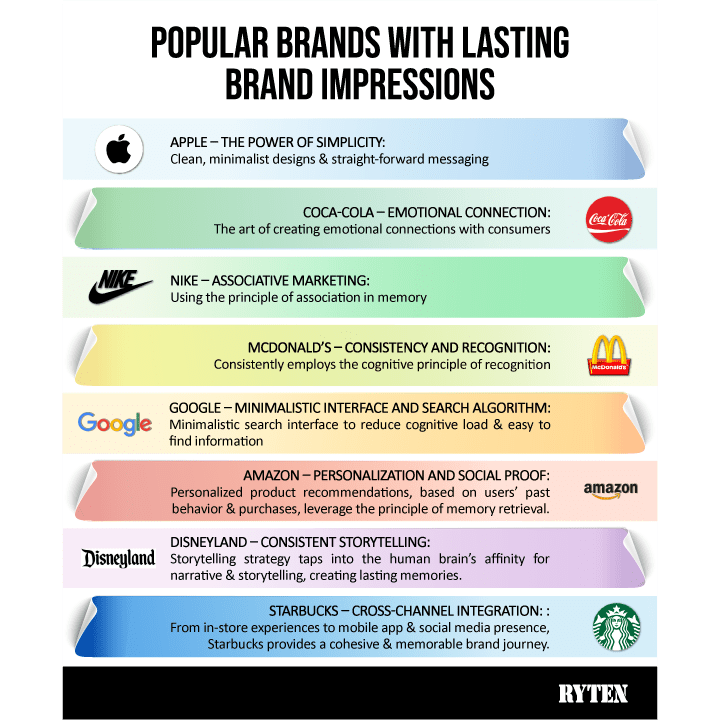
In the dynamic realm of marketing, creating brand impressions that linger in consumers’ memories is the ultimate triumph. Our exploration into memory and cognitive psychology has illuminated the path to this achievement. We’ve learned that sensory engagement, like Coca-Cola’s multisensory experiences, can make brands unforgettable. Emotional connections, embodied by Dove’s “Real Beauty,” forge lasting associations. Consistency, as seen in McDonald’s and Apple, builds trust and recall. Cognitive theories like encoding specificity and the spacing effect have shown us the way. Real-world examples, such as Nike’s “Just Do It” and Amazon’s personalized recommendations, exemplify these principles in action. In today’s ever-changing landscape, building enduring customer relationships is paramount. Starbucks, with its ritualistic coffee experience, is a prime model. As you navigate the marketing terrain, remember that understanding memory’s role is your superpower. It’s not about mere transactions; it’s about creating lasting memories that ensure your brand’s timeless success. In the end, the most influential brands aren’t fleeting thoughts; they are enduring memories etched into the fabric of our lives.

